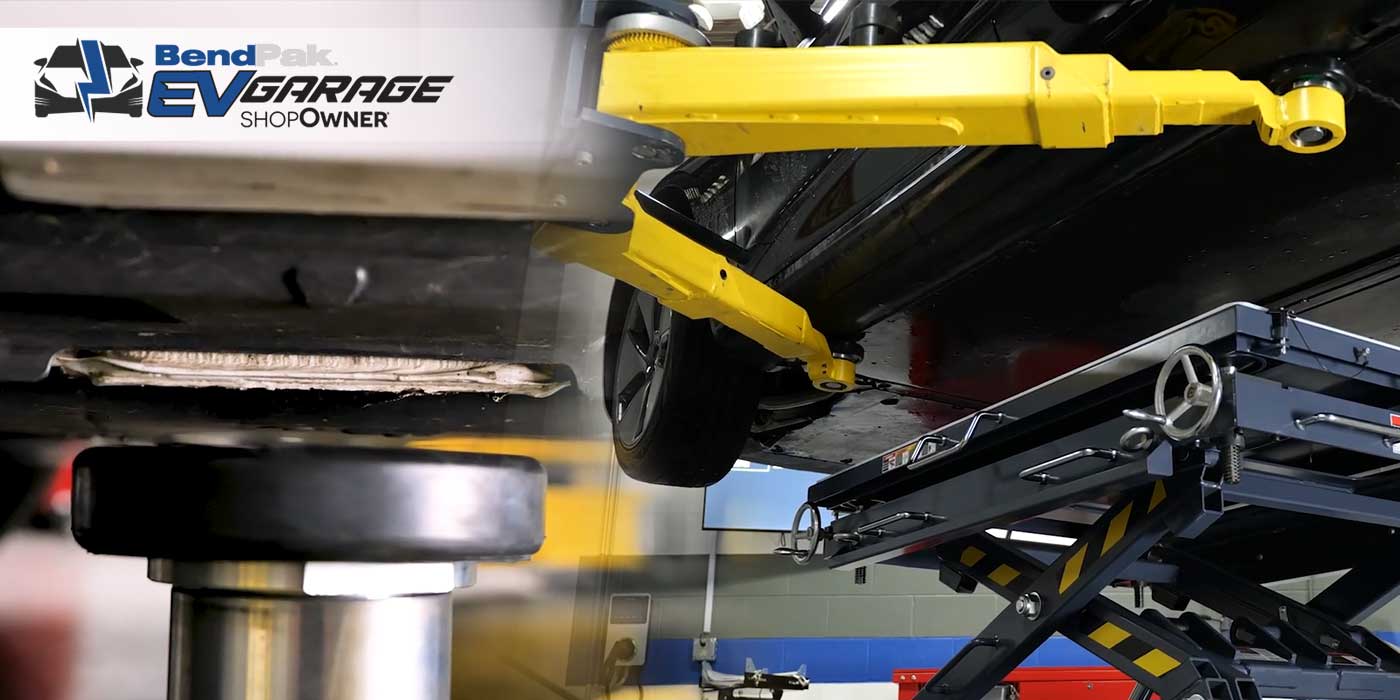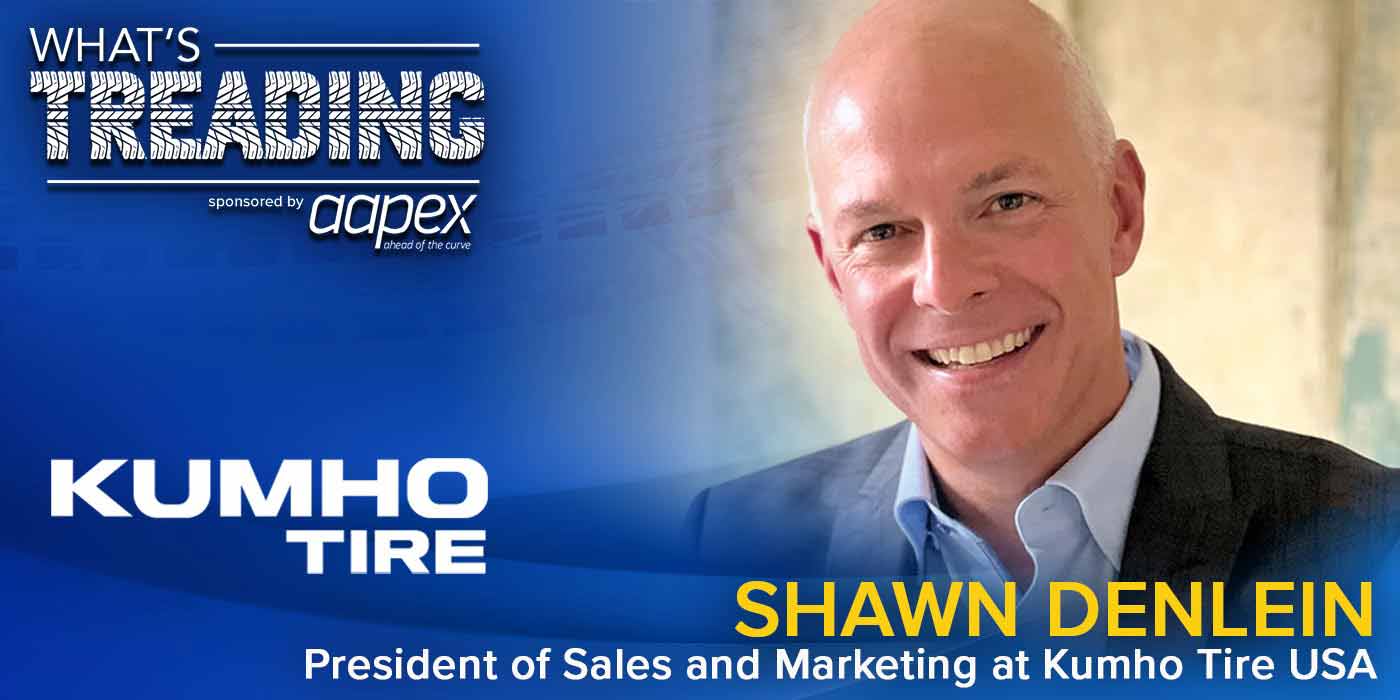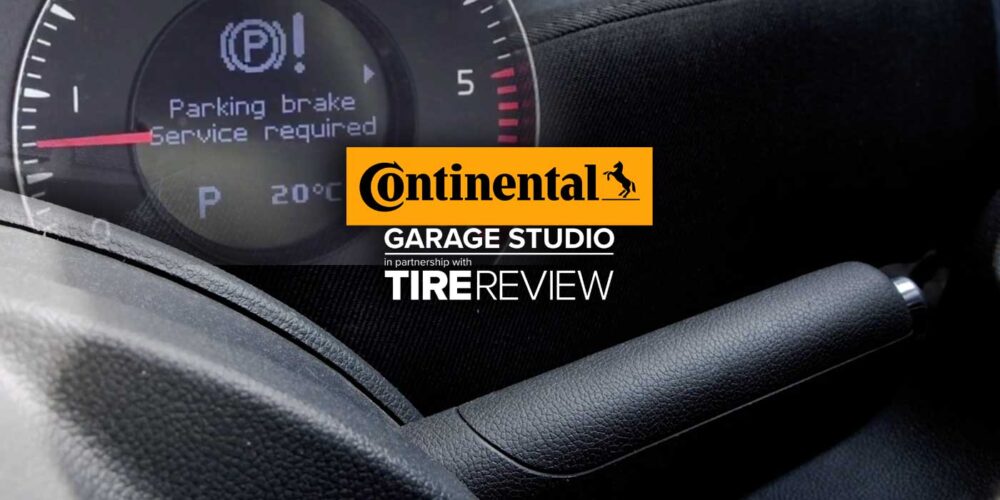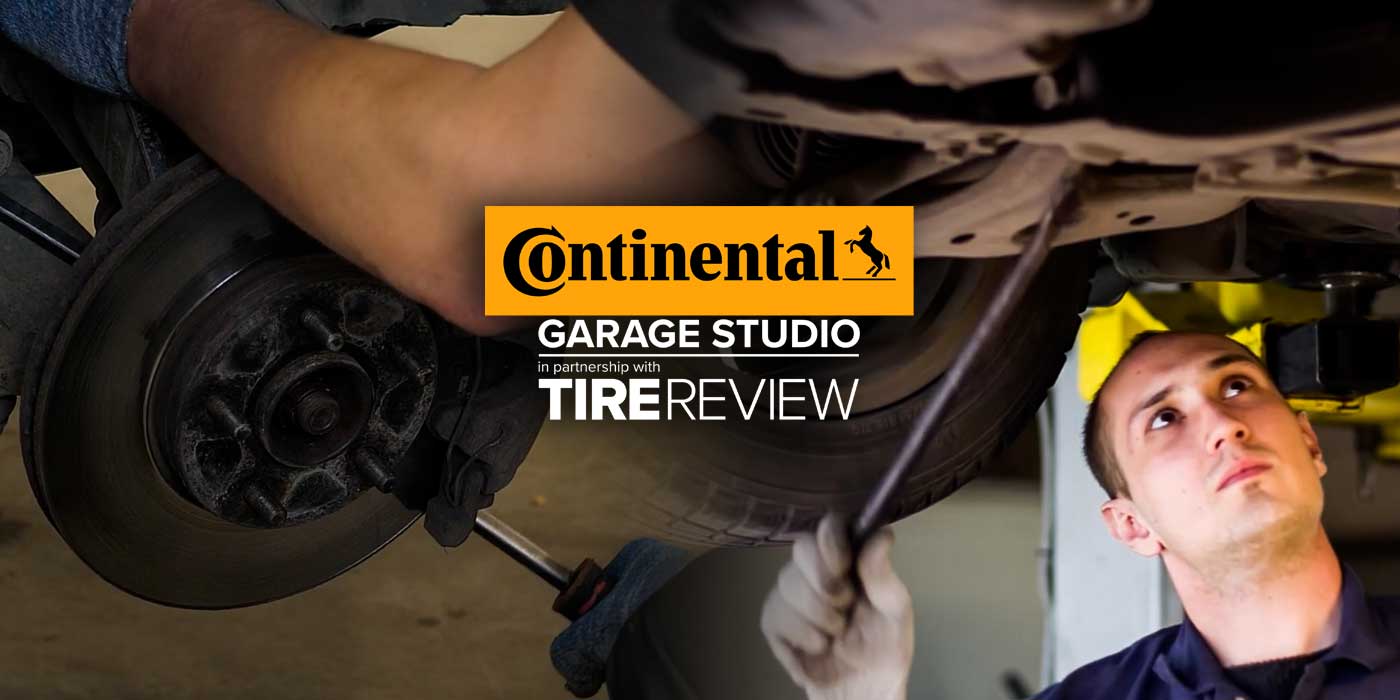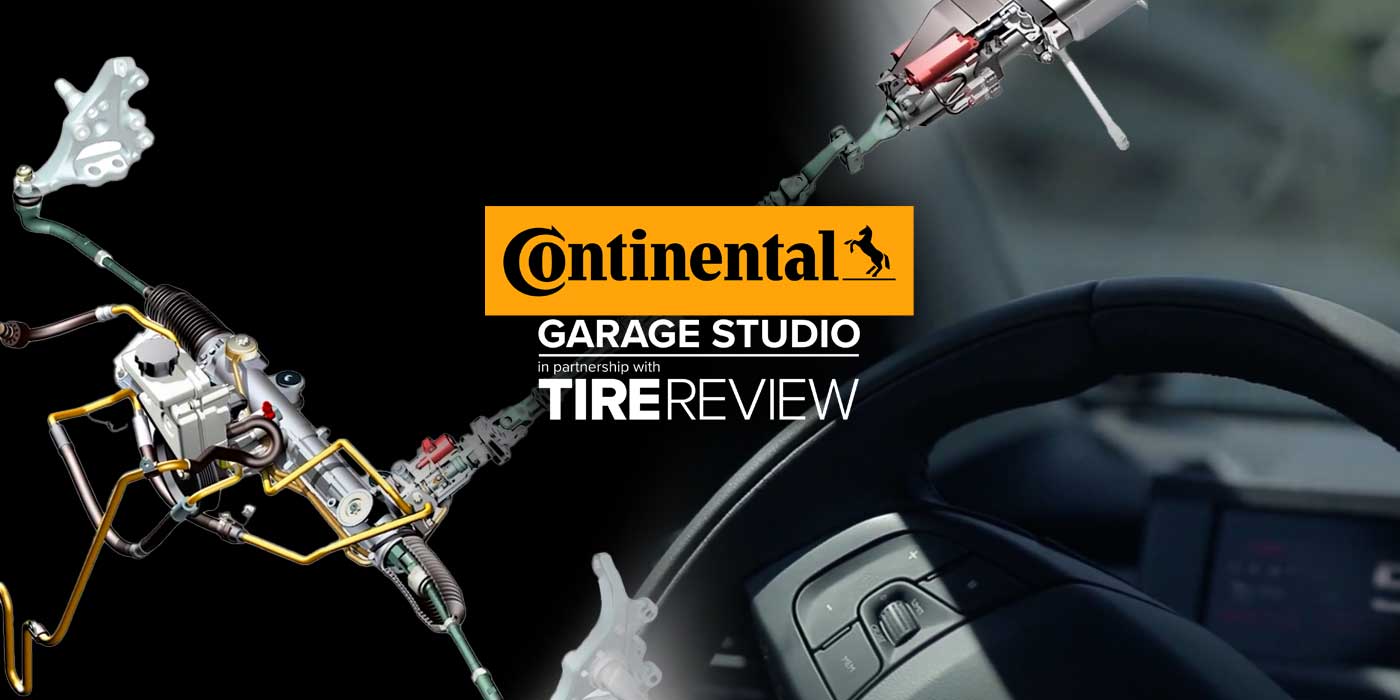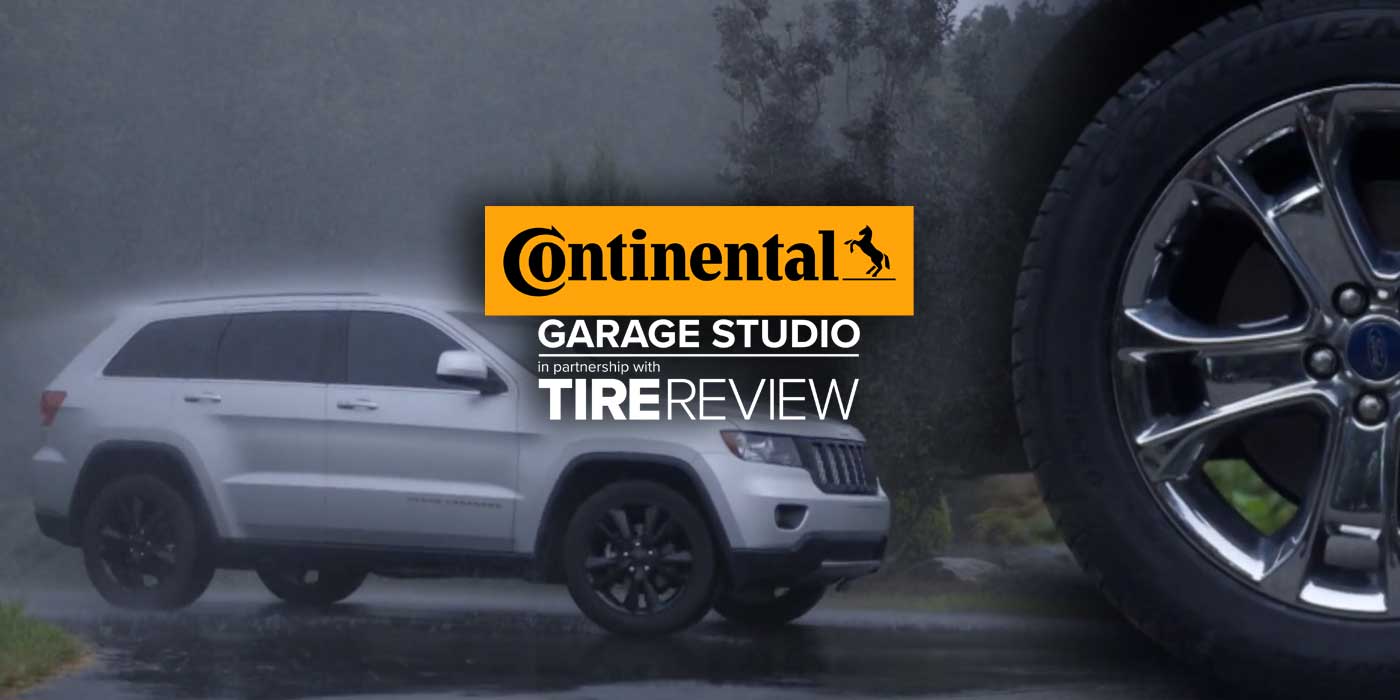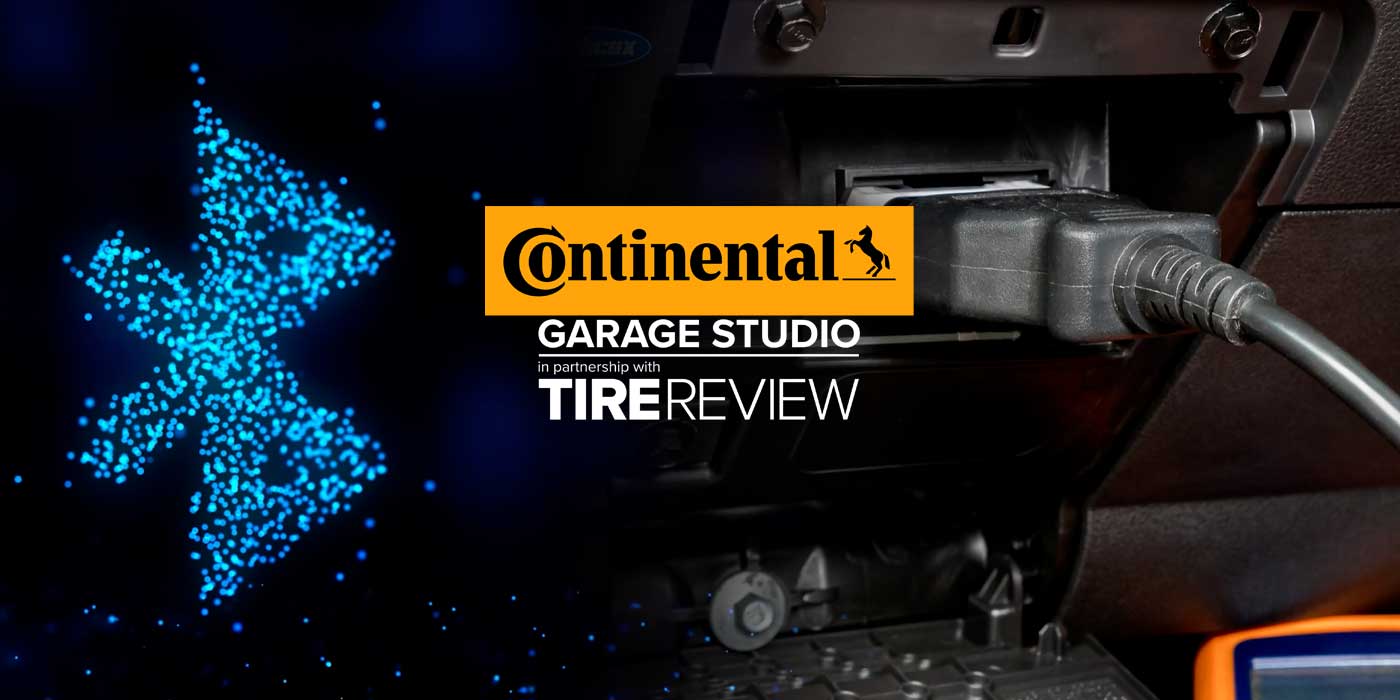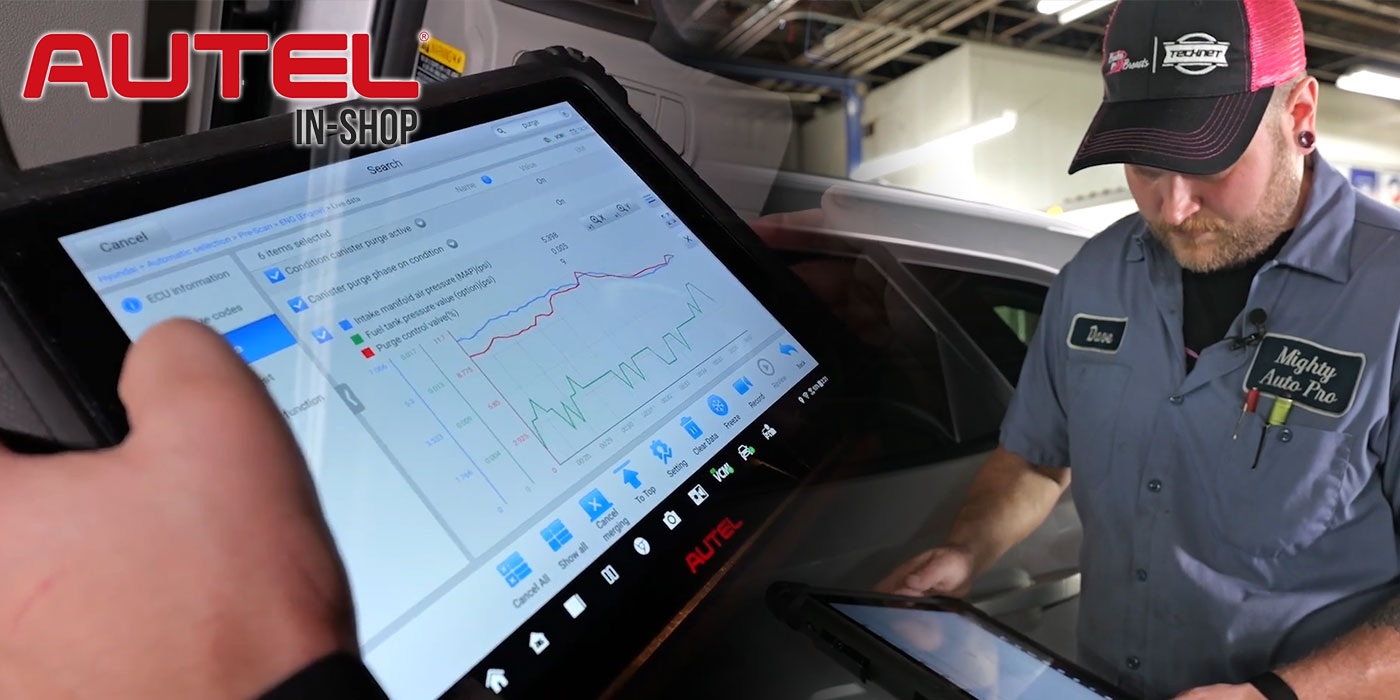Tire wear patterns can tell you a lot about the condition of a vehicle’s suspension and ride control components. By closely examining a customer’s tire wear, you can often pinpoint issues before they lead to more serious problems down the road. Let’s go over some common tire wear conditions and what they could indicate regarding the vehicle’s ride-control components’ health.
The ideal tire tread wear would show an evenly worn tread across the contact patch. However, real-world conditions like cornering, uneven roads and worn components make this tough to achieve. Examining where abnormal wear occurs on the tire can provide clues to underlying suspension issues.
While passenger car tire shoulders are engineered to withstand significant punishment, they’re often the first areas to exhibit premature wear if there are issues with how the tires meet the road surface.
Inner shoulder wear frequently stems from excessive negative camber with a toed-out wheel alignment condition. Camber and toe angles are designed to vary somewhat as the suspension cycles up and down and the vehicle body rolls during cornering maneuvers to enhance traction.
However, if the springs grow excessively weak over time and cannot maintain the intended ride height, that negative camber and toed-out geometry become amplified beyond its ideal range. This acceleration in camber and toe change leads to accelerated inner shoulder wear on the tires.
Conversely, outer edge wear is a sign that the sway bars, springs and dampeners can’t control the body’s movement. When a vehicle goes into a turn, the body can lean, and it can be worse on vehicles with a high center of gravity like crossovers, SUVs and pickup trucks.
When the body of a car or truck leans, it can induce a positive camber on the outside wheel — positive camber and the transferred weight scrub the outer edge of the tire.
What if a tire shows signs of inner and outer edge wear? When shocks, struts, and springs are excessively worn, the increased body sway during cornering produces enough positive and negative camber to rapidly wear the tire shoulders on both sides. Faulty sway bars or links could also be the culprit – or it might just indicate a lack of tire rotations.
No matter what type of abnormal tire wear you discover, don’t simply replace the tires and consider the job done. Premature tire wear is often the symptom, not the root cause itself. Take the time to thoroughly inspect related suspension components and dig deeper to help solve your customer’s tire wear issues.
Don’t forget to follow us on Instagram and Facebook and subscribe to our YouTube channel for more tire, service and shop operations videos.

